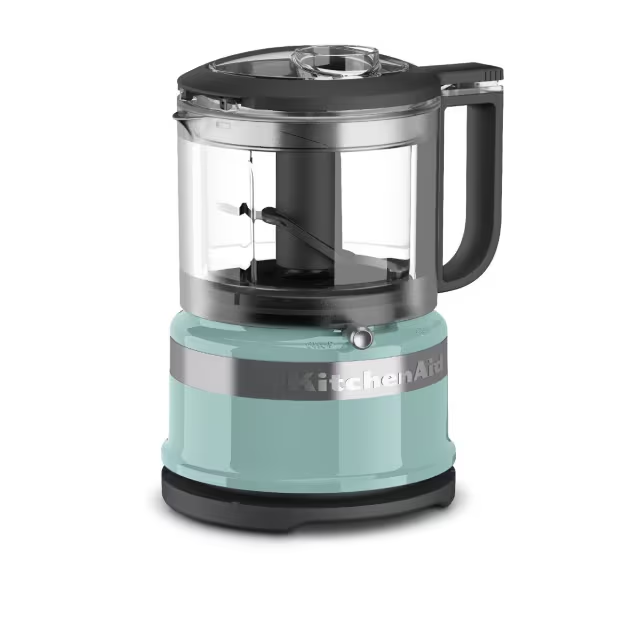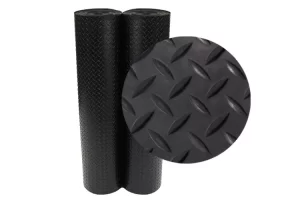If you’re someone who loves to drive at night or needs to work in low-light conditions, light bars can be a lifesaver. A light bar is a row of LED or halogen lights that attach to the front of your vehicle, providing extra illumination on the road or worksite. In this comprehensive guide, we’ll discuss everything you need to know about light bars, from their types and benefits to their installation and maintenance.

Types of Light Bars
Before you purchase a light bar, it is important to understand the different types and their features. The most common types of light bars are LED, halogen, and HID.
- LED light bars are the most popular and efficient type of light bar. They are energy-efficient, draw less power, and have a longer lifespan than halogen and HID lights. They also have a wider beam pattern and offer more brightness than other types of light bars.
- Halogen light bars are the classic type of light bar. They are known for their warm, yellowish light and affordable price. However, they consume more power than LED lights and have a shorter lifespan. They are also prone to overheating and require more maintenance.
- HID light bars are the most powerful and brightest type of light bar. They are known for their intense, white light and long-range visibility. However, they are also the most expensive and consume more power than LED or halogen lights.
Benefits of Light Bars
- Light bars offer several benefits, making them a popular accessory for off-road enthusiasts and work vehicles.
- Increased Visibility: Light bars provide extra light on the road or worksite, making it easier to see and avoid obstacles. They also provide better visibility in low-light conditions, such as fog or rain.
- Safety: Light bars increase safety on the road by making your vehicle more visible to other drivers. They also provide warning signals to animals or pedestrians, preventing accidents from occurring.
- Style: Light bars add a stylish and rugged look to your vehicle, making it stand out on the road or worksite.
- Convenience: Light bars are easy to install and operate, making them a convenient accessory for anyone who needs extra light on their vehicle.
Installation and Maintenance
Installing a light bar on your vehicle is a straightforward process. However, it requires some basic tools and knowledge of wiring. Here are the steps to install a light bar on your vehicle:
- Choose the right location for your light bars, ensuring they are securely attached to your vehicle.
- Connect the wiring to your battery, using a fuse holder to protect the wiring from electrical damage.
- Connect the switch to the wiring, allowing you to turn on and off the light bar.
- Mount the light bar to your vehicle, ensuring it is aligned and tight.
Maintaining your light bar is also important to ensure it works properly and lasts a long time. Here are some tips for maintaining your light bar:
- Clean the light bars regularly to remove dirt and debris that may accumulate on the surface.
- Check the wiring connections periodically to ensure they are secure and free from corrosion.
- Replace any burnt-out bulbs as soon as possible to ensure the light bar functions properly.
- Store the light bars in a dry and cool place when not in use to prevent damage.
A light bar is a versatile accessory that provides extra illumination on the road or worksite. With its numerous benefits, it’s no wonder that light bars are a popular accessory for off-road enthusiasts and work vehicles. Whether you choose an LED, halogen, or HID light bars, installing and maintaining it properly will ensure you have a reliable and efficient source of light on your vehicle. So, what are you waiting for? Brighten up your ride with light bars today!







